Italian design style, lightweight wooden construction, and a high power-to-weight ratio. Combine these three factors and you have the Alpi Pioneer 400T Quattrocento, a four-seat kit aircraft that is sure to get attention on any airport ramp, and whose economy will help leave a few dollars in your pocket for a nice meal when you arrive at your destination.
An obvious comparison in this category might be the Piper PA-28R Arrow, a certificated, four-seat, low-wing retractable. But since the Arrow isn’t available as a kit, there really isn’t any comparison.
Our test aircraft was built by Frank Cavacuiti, who recently retired as the UK agent for the Italian company, Alpi Aviation. In the ten years Cavacuiti sold Pioneer kits, he rang up over 70 sales, about 10% of Alpi’s total production of all types. He also achieved the required certification for the four main Alpi types with the Light Aircraft Association (LAA), which administers kit and homebuilt aircraft on behalf of the UK’s Civil Aviation Authority (CAA). There is very little that Cavacuiti doesn’t know about these lovely, Italian-designed aircraft because as well as selling them, he is also an LAA Inspector, carrying out periodic build inspections, often for the guys he has sold kits to. He will then frequently carry out the first flight and subsequent test flights for other builders.
Many people have asked whether the Alpi designs—the two-seat fixed-gear Pioneer 200 (including an ultralight/microlight version), the retractable two-seat Pioneer 300, and the four-seat Pioneer 400—are derivatives of the famous Italian Falco, designed by the legendary Stelio Frati. The answer is “no,” although as in any design environment, there could be a measure of influence. Like the Falco, the Pioneers are of wooden construction, low wing, and in the case of the 300 and 400, retractables with composite fuselage shells.
Meeting the Pioneer
We met Cavacuiti in rural Wales to fly his Pioneer 400T. Cavacuiti didn’t learn to fly until he was in his 50s, and a SOCATA Rallye was his first aircraft. On a visit to Gap Tallard airfield in the French Alps, he first saw a Pioneer 300 and was impressed. He arranged a visit to Pordenone, Italy and soon signed for a Pioneer 300 kit. He also had to jump through many hoops because, at that time, the type was not approved for homebuilt construction by the LAA in the UK. The approval process took about 18 months, but then it was done, and his 2165-foot Welsh airstrip and hangars at Hardwick near Abergavenny became the focus of Pioneer sales and demonstrations in the UK.
When the four-seat Pioneer 400 was under development in 2005 and 2006, Alpi engineers hoped it would be a case of enlarging the Pioneer 300. This is partly true, but there are significant differences between the two airplanes. The Pioneer 400 fuselage is 29.5 inches longer and 2 inches wider than the Pioneer 300. The Pioneer 400 also features winglets and a longer wing (increased from 24.8 feet to 28.9 feet) than the Pioneer 300, and many structures and components were strengthened to deal with the increase in performance and weight (992 pounds empty with a gross weight of 1764 pounds).
The Pioneer 400 was actually designed to meet FAR Part 23, a huge aircraft construction regulation that would be equally at home at Boeing. Alpi extracted the relevant construction requirements and also followed Part 23 during test flying of the prototype. Part 23 requires an aircraft of this type and weight to be spun during test flights, but try as he might, Alpi’s test pilot found the Pioneer 400 extremely reluctant to spin. Due to its rigorous requirements, Part 23 compliance delayed kit availability by two years, and this caused several early customers to cancel their orders. All that changed when the Pioneer 400 received approval, and customers are now queuing up for delivery slots.
The Kit
Before flying, I looked at the Pioneer 400’s structure and discussed what a kit builder will be faced with during construction. Several different kits are available to customers, depending on the amount of building they want to do and how much cash they want to invest. Because the 51-percent rule is valid in many parts of the world—including the UK—the fast-build Pioneer 400 kit had to comply. But if you are expecting to work for months with saw, chisel and glue, you are in for a surprise. The basic rectangular fuselage structure, with four longerons and cross sections, is already constructed for you. This forms the core of the fuselage’s structure and strength. Two half-shells, the left- and right-hand sides of the fuselage, are made from carbon fiber and are bonded together around the wooden framework. Once this is completed, the basic aircraft is ready for attachment of controls, landing gear, engine mount, etc. The builder must also install the instruments and upholstery.
The wooden wings come pre-built, including the gel coating. They are covered with ply forward of the mainspar and Dacron fabric aft. The builder has to cover all the control surfaces with fabric, fit the control runs, install the turnbuckles, and adjust tensions. Two PVC crash-resistant 10.5-gallon fuel tanks have to be installed in the wingroots, plus fuel lines and valves. These are made by the racing car industry and are foam filled for extra safety. The retractable landing gear comes pre-assembled and tested. The builder installs the components, including the electric motors and servos that actuate the gear.
Up front, the engine mount is pre-built and ready to be installed. Alpi offers a firewall-forward package that includes a Rotax engine and associated components, including an Idrovario two-blade, electro-hydraulic, constant-speed prop. Cavacuiti used a certificated, turbocharged, 115-horsepower Rotax 914 in the aircraft we tested, a choice he made because he was treading new ground and didn’t know what the UK authorities would do with a non-certificated engine in a four-seat airplane. He also wanted increased integrity because he would be carrying his family. The 100-hp Rotax 912S will suit the Pioneer 400 equally well and save you many thousands of dollars. Which engine the builder uses will also determine the heating system: either the oil cooler on the turbo model, or super heated off the exhaust on standard models. The basic composite cowling comes with the kit, but the pieces must be cut, trimmed, and fitted. There isn’t a small door to check the oil, but the top half of the cowling is secured to the bottom with two heavy-gauge wire pins. By pulling the pins, the top half of the cowling can be removed, exposing the entire engine for inspection or maintenance.
Basic flying instruments are supplied in the kit, plus upholstery material for seats that run on tracks and can be adjusted back and forward, but not in height. Adjustable fresh air ducts run from the exterior to keep the Pioneer 400’s cockpit cool in hot weather. The rudder pedals are big and beefy, with dual hydraulically operated toe brakes on top, all of which can be adjusted. The one-piece windshield and front and rear side windows are included in the kit and must be installed by the builder.
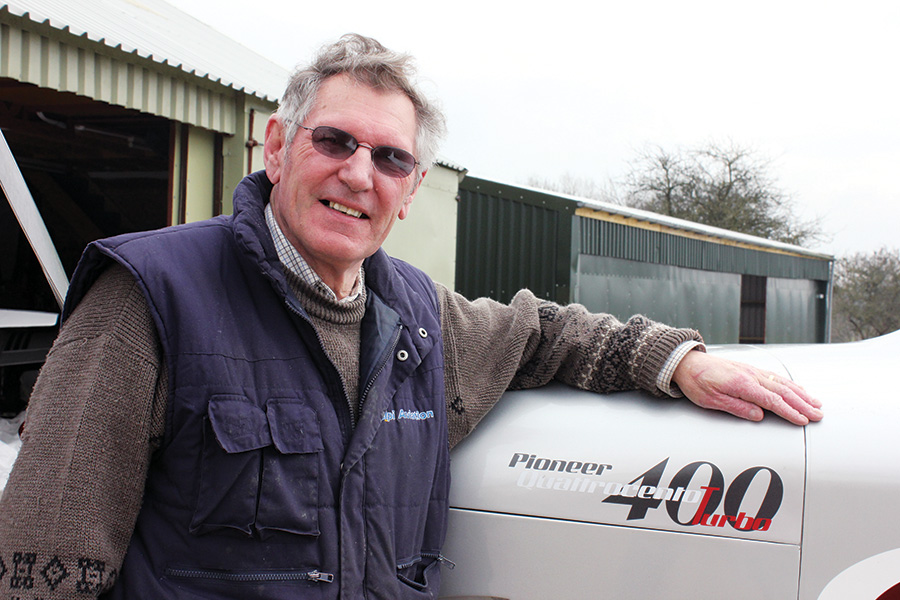
Frank Cavacuiti, Alpi’s recently-retired UK agent, sold over 70 aircraft in the UK in his 10 years as dealer.
Impressions on the ground
Cavacuiti’s 400T demonstrator has accumulated about 80 hours in the last two years, so it is still a relatively new aircraft. The Italian lineage and Falco-like looks became more evident when Cavacuiti went flying and I stood alongside the runway for a photo-shoot of the cleaned-up Pioneer 400T with the gear retracted.
With the aircraft back on the ground, I noted the narrow track (4 feet, 8 inches) between the two mainwheels, which retract outward towards the wingtips. Also noticeable are the winglets that were incorporated into the design for better low-speed handling and better stability in cruise.
The 400 uses the same basic wing (chord and profile) as the 300, but with an extra rib to strengthen the extended span. During the walkaround, Cavacuiti confirmed that externally, the tail design of the 300 and 400 are much the same, but internally, the 400 has different hinges and horns, and is structurally much stronger. I also noted the large-span, three-position (10, 20, and 30) slotted flaps that tuck neatly into the wing trailing edge.
Cockpit access is from in front of the wing leading edge, a small metal step helping you climb onto the wing walks. Each of the clamshell doors is unlocked and opened by a stiffly operating handle. Small gas struts on the back edge of each of the doors ensure they stay open while you climb in. With my backside positioned on the seatback and one foot on the sill to the left of the control stick, I brought my head inside the cockpit last. This entry method is recommended, followed by sliding down into the seat, with legs on each side of the stick. The main cockpit roll bar and upper cabin structure were alongside my head—the reason for the entry method described—with the front seats positioned roughly over the wing box spar.
Once seated, I began to appreciate how well tailored the Pioneer 400T’s cockpit is, with its red leather upholstery and central cockpit dividing console containing throttle, pitch, and mixture levers with friction control. The console also houses the flap indicator (electric three stage), electric trim switch and indicator, and fuel tank selector knob. I slid my seat forward (the release handle is under the front edge of the seat) until I heard the pins click as they engaged in the holes on the seat runners. Any height adjustment must be with cushions, and the seat rake is fixed. I found the seating position very comfortable and the rudder pedals well positioned, along with the toe brakes.
The clamshell doors latch firmly and with a “clunk”—if you don’t get the “clunk,” then try again. With Cavacuiti in the left-hand seat and me in the right, there was plenty of elbowroom. Even on the ground there is a good view over the nose. The panel is uncluttered, reflecting Cavacuiti’s liking for more traditional instrumentation. In the center is a large Flymap moving map system, along with a Flybox EIS for the temps and pressures. The central console levers and switches are comfortably accessible. We secured the cross-shoulder, inertia-reel harnesses, locked the parking brake by pulling the knob on the central console, and with a touch of the choke lever alongside the throttle—it was about 35 F outside—and Cavacuiti shadowing my hand movements, I switched on the electrics, then turned the key-operated mags and ignition switch. With slight movement of the throttle, the Rotax 914 sprang to life.
Let’s Fly!
Taxiing over the grass was easy, with good visibility and good responses from the nosewheel steering and toe brakes (non-differential). The Pioneer 400T did wallow a bit on the bumps of the grass because the gear legs are fairly closely grouped around the center of gravity. Power checks and a good warm-up took about five minutes.
The Pioneer 400T’s maximum weight is 1764 pounds, and we were well below this with two on board and three-quarters-full tanks. The wind was about eight knots straight down the 2165-foot grass strip. I put in 10 of flaps and applied full power. The Pioneer 400T was a little slow off the blocks initially, but then the turbo cut in and we accelerated rapidly to just over 40 knots. Using the rudder to keep the aircraft straight when we hit a slight bump, we were airborne in about one-third of the available strip length. I flicked the gear retraction switch on the panel and, with a rapid climb rate evident (1000+ fpm), retracted the flaps to establish best rate of climb at 65 knots. The weather wasn’t great, with the cloud base about 1500 feet and some of Wales’ beautiful mountains not that far away, so I leveled off at 1200 feet for some maneuvering over the Usk river valley.
The handling was excellent as I trimmed out in an economy cruise at 28 inches, and the airspeed indicator showed a remarkable 125 knots. Fuel consumption was about 5.3 gallons per hour, and as I temporarily removed my headset, I noted the ambient cockpit noise was minimal. Advancing the throttle to 32 inches (Cavacuiti recommends not exceeding 35 inches, as this can induce a possible engine surge due to the computer), the speed increased to 135 knots, although the fuel flow also increased—to about 6.9 gallons per hour. The ride was comfortable and the view over the nose good with the doorpost just slightly in my side vision; it encouraged keeping my head moving and maintaining a good look out.
Never exceed speed is 150 knots, although structurally the Pioneer 400T has been tested to 160 knots. I still marvel at the speed and utility the 400T can provide with just 115 hp and 3.5 hours of endurance (with reserves). It’s an opportunity for some serious long-distance touring with four people or two people and plenty of baggage.
While performing 360 turns in both directions and at various angles of bank, I noticed the Pioneer 400T had the same well-harmonized control characteristics I’d experienced at takeoff and in cruise. Just a little rudder in the turn kept the bubble in the center. The low cloud base precluded any stalls, but Cavacuiti confirmed that, with two aboard, a 42 knot stall is the norm with flaps and gear down. Clean stall speed is about 50 knots. The flaps do reduce the stall speed a little, but they are mainly drag inducers.
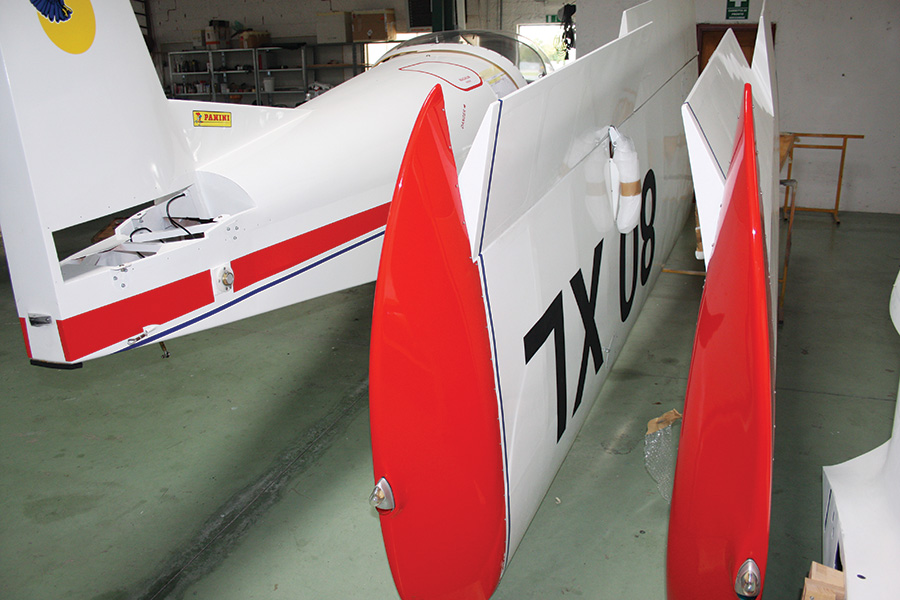
Quickbuild Pioneer 200 components ready for customer delivery and assembly at the Pordenone factory in Italy.
Using the Flymap, I followed the instrument’s white line and flew the Pioneer 400T back to Cavacuiti’s strip for some circuit work. Downwind at 800 feet, I reduced the speed to 90 knots and lowered the gear, waiting in anticipation for the three green lights. I then turned base with the speed below the flap-limiting 80 knots and tried to slow down. Speed management is important in such a slippery aircraft. I found the over-the-nose visibility continued to be good as I set up on final with full flaps and 60 knots, and I flicked the trim switch to get the nose down a touch. I always find it intimidating flying into an unfamiliar new strip, but Cavacuiti reassured me and I crossed the trees 200 feet short of the threshold. I flared at 50 knots, still with good stick response, and the Pioneer 400T touched down at 45 knots as I kept the nosewheel raised for as long as possible and we rolled to a halt in about 1150 feet, with plenty of strip remaining. I taxied back to try another circuit to confirm the numbers, but really I did it because I was enjoying the experience and wanted to milk it! The narrow-track maingear wasn’t an issue, although Cavacuiti advised that operating from a really rough surface or long grass farm strip isn’t recommended. The gas strut shock absorption on each gear leg works well, but shouldn’t be abused.
An Outstanding Four-Seater
Shut down, with the Pioneer 400T parked in front of the hangar, I reviewed my half-hour flight with Cavacuiti. This is the epitome of a modern kit aircraft—four seats that can be used, great performance, good short-field capability, and an economy of operation that leaves factory-built equivalents in the shade. All you have to do is spend 400 hours building and assembling. The kit price will vary according to exchange rates and equipment specified, but as a guide, a completed factory-finished Pioneer 400 sells for about $192,000.
Alpi has active sales in the UK, New Zealand, Australia, Canada, and Belgium. They are also targeting sales in Russia, Brazil, and South Africa. In the USA, despite a push at Sun ‘n Fun in the early 2000s with the Pioneer 300, the type has not caught on. However, Alpi is currently seeking a U.S. investor with a view to establishing a kit manufacturing facility in the States to better serve the U.S. market.
For more information, visit the Alpi web site at alpiaviation.com, or email[email protected].

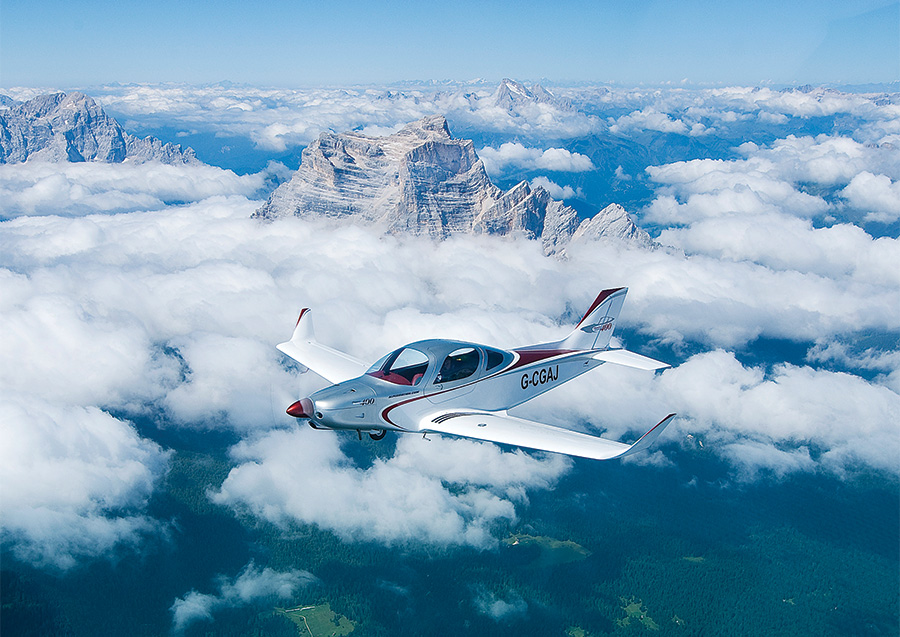
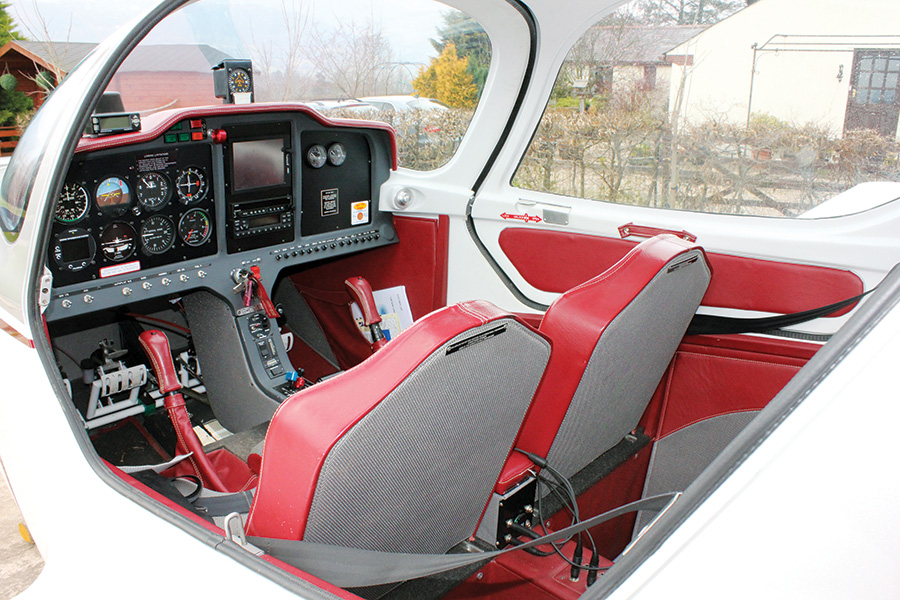

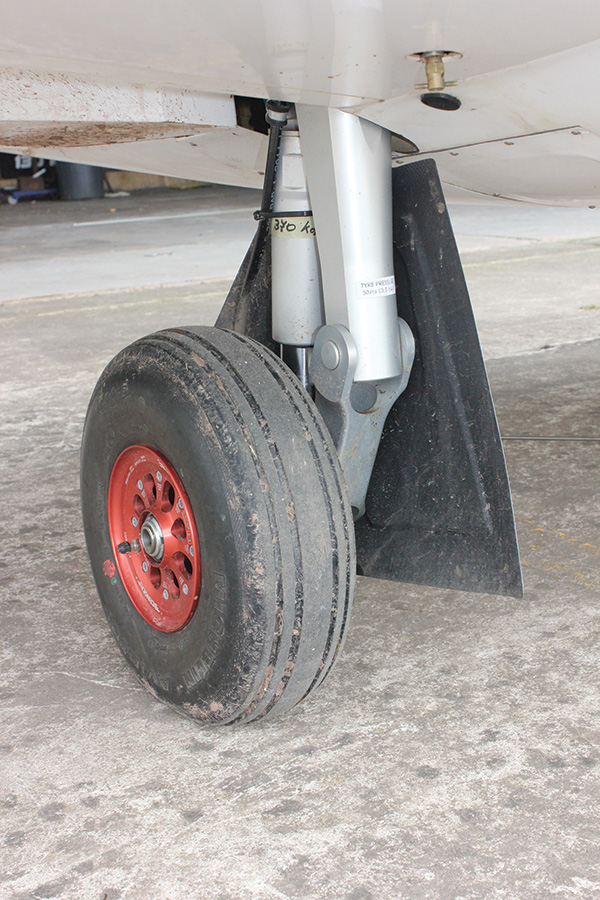


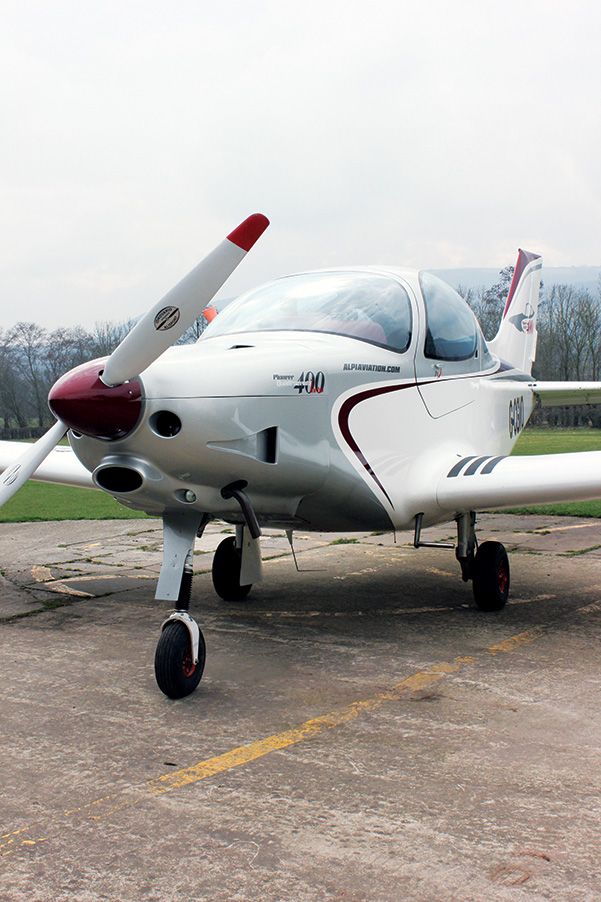
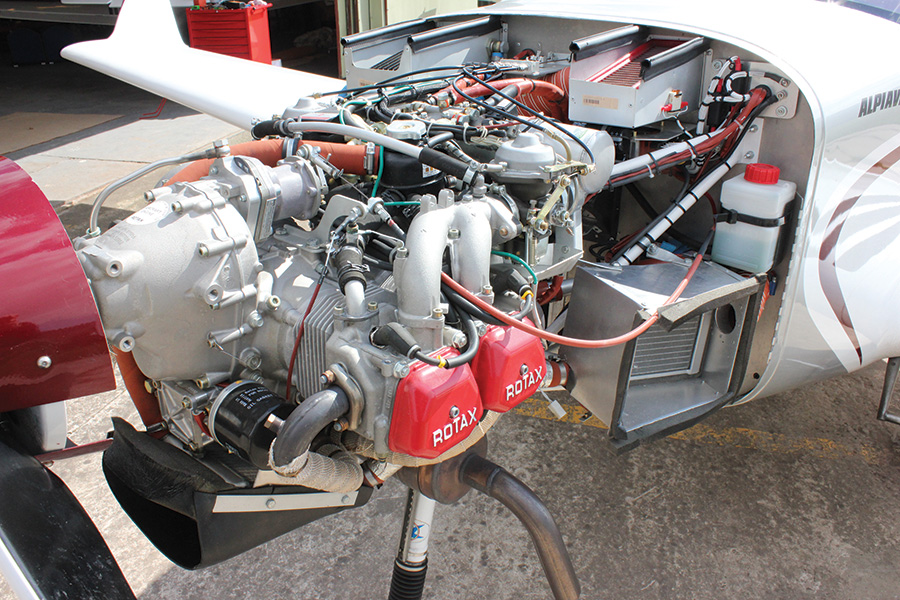
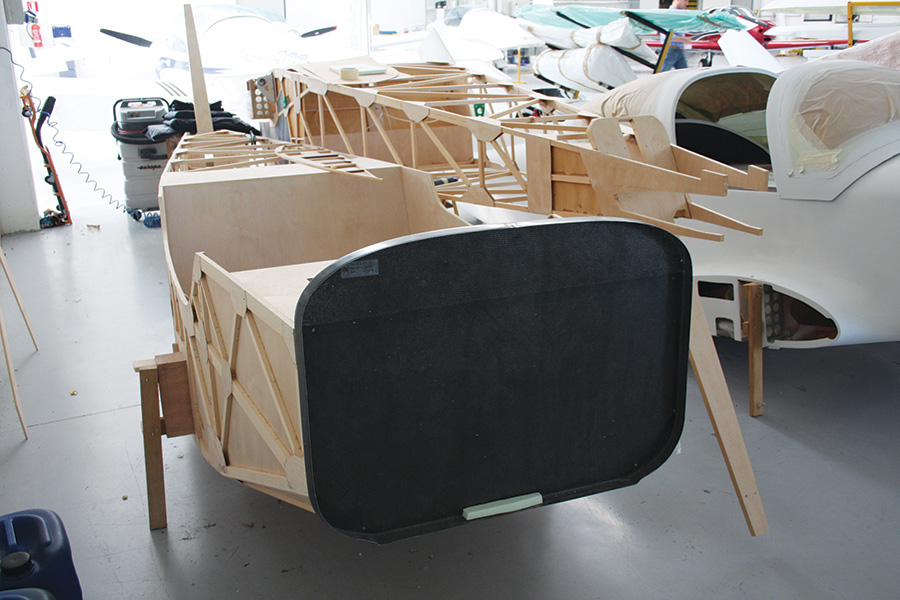

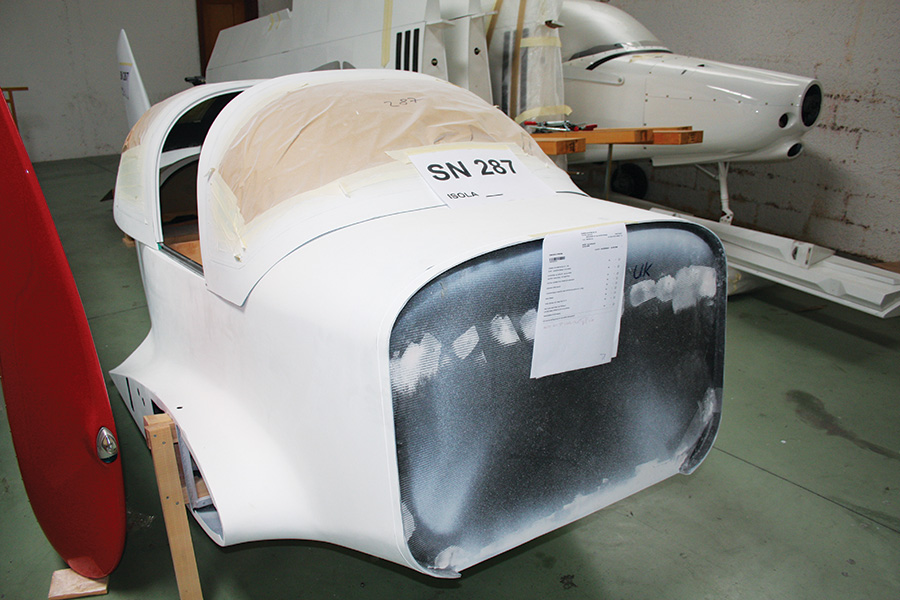
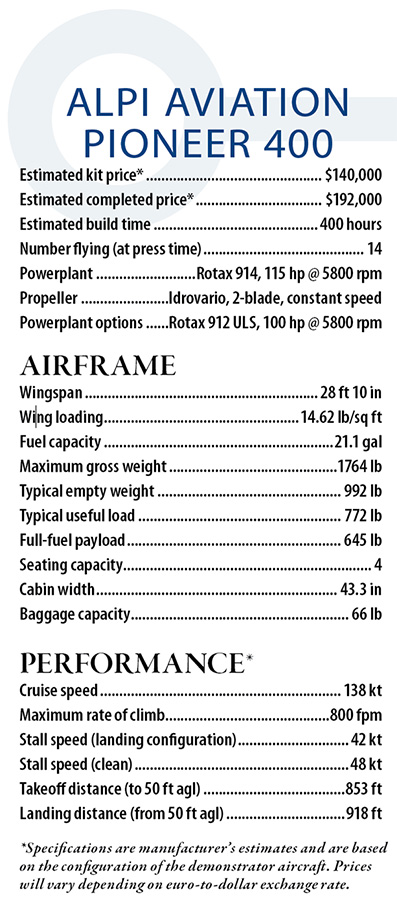
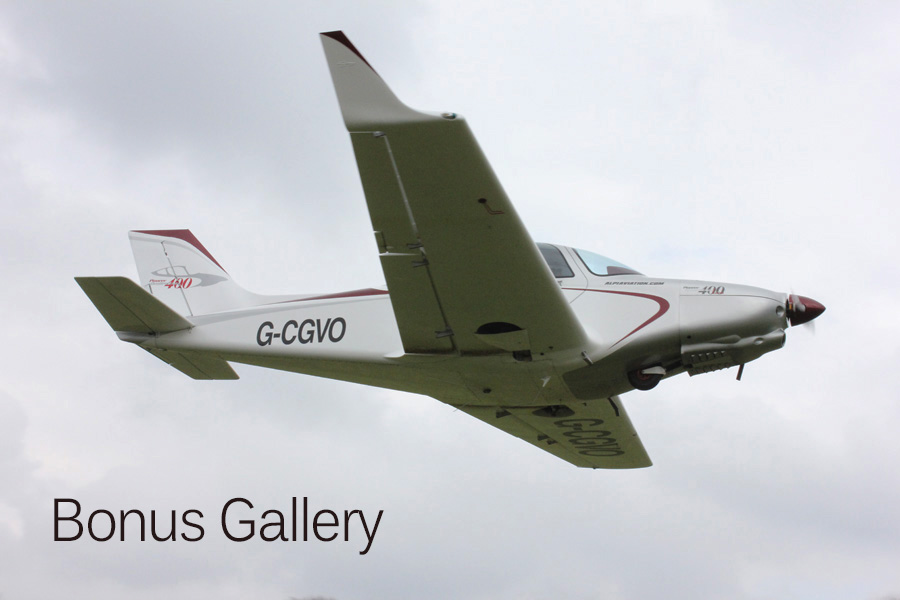
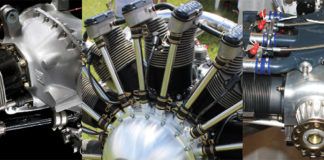
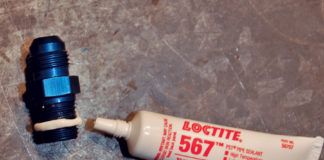

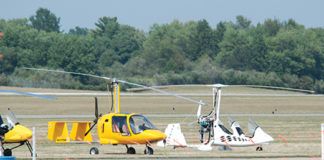
Could you please tell me how to fit a new set of brake pads on my pioneer 400
Many thanks will gillam somerset